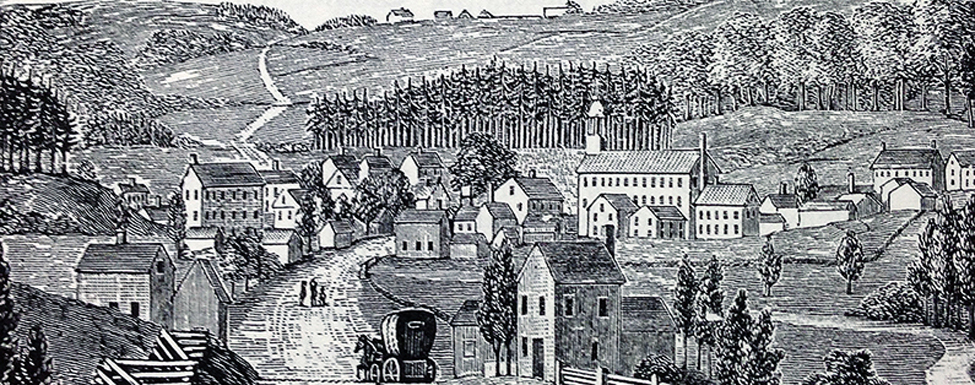Torrington Historical Society
There are treasures in Torrington hidden in plain view. How many motorists travel up Main Street each day, past the gracious Hotchkiss-Fyler estate, and never stop to wonder what cultural and historic riches are preserved within by the Torrington Historical Society?
The Society, established in 1944, today preserves the Hotchkiss-Fyler building, the Gilded Age mansion once occupied bu Orsamus R. Fyler, his wife, Mary, and their son-in-law and daughter, Edward and Gertrude Hotchkiss. Now, the Society is offering an additional benefit for its patrons—two-for-one admission to the mansion.
The mansion, built in 1897 as a grand but comfortable home for the family, remained in the Fyler-Hotchkiss family until the death of Gertrude Hotchkiss in 1956. She left the building and its furnishings, the grounds and carriage house to the Historical Society.
Still filled with family furniture and impressive collections amassed by the family, it is like stepping into a time capsule left by Torrington’s elite past residents. Visitors enter the house through a classic 1930s kitchen, simple and utilitarian. The room is a stark contrast to the opulence of the main house where visitors find rooms containing impressive woodwork, stenciled decoration, murals, ornamental plaster ceilings, parquet floors, original combination gas and electric chandeliers and of course, the family furnishings.
Built by the Hotchkiss Brothers Company (the family business), the house was a showpiece for the firm. Mahogany, birds-eye maple, quarter-sawn oak and red birch are just a few of the types of wood used in the house. Paneled walls and elaborate hand-carved details can be seen in abundance, especially on the first floor of the mansion.
Membership in the society brings other benefits as well including periodic newsletters, a 10 percent discount on all publications, invitations to member events and discounts on public programs.
The society is an active organization, offering educational programs, tours, exhibits and maintaining collections that illustrate Torrington's history. It also maintains the birthplace of fiery abolitionist John Brown.
According to its website, the strength of Torrington’s collection is post-1850, when Torrington shifted from an agricultural community to a factory town; this in turn brought major growth and wave after wave of immigration. Of particular note in the Torrington history collection are the Manufacturing History Collection, the Fine Art Collection and the Ethnic History Collection.

